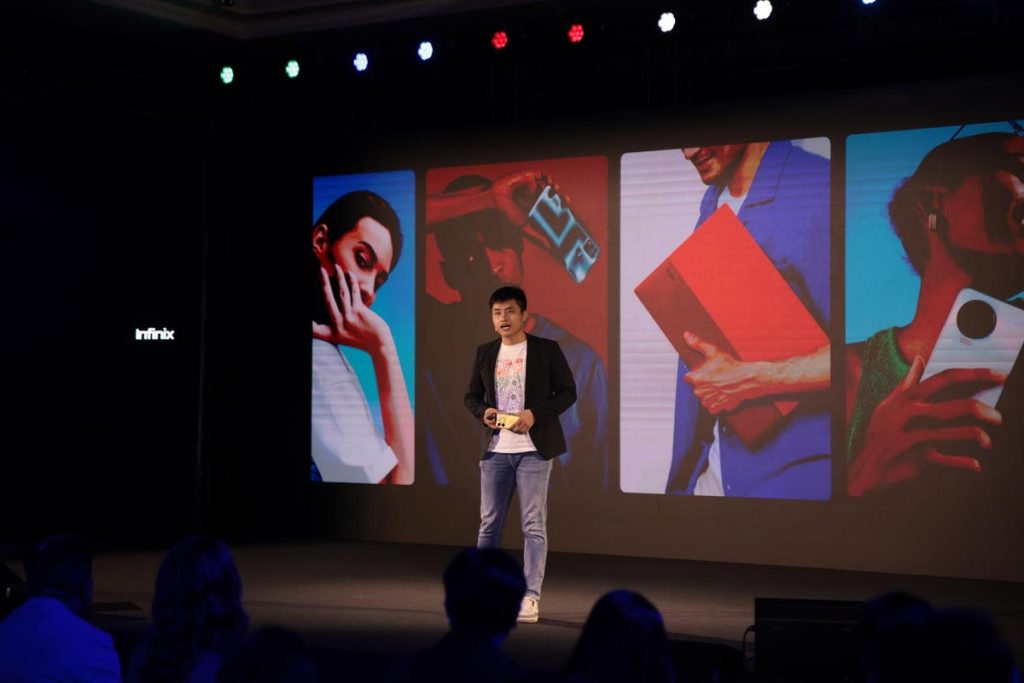For the better part of the last decade, Chinese smartphone brand Infinix has focused on selling phones in developing markets such as Nigeria, Indonesia, Iraq and the Philippines. Particularly in Africa, Infinix became a trusted brand in the continent, consistently sitting in the top two or three spots by phone market share.
But this year Infinix decided to scale up its ambitions, selling in more markets, and making more of an effort to appeal to the western tech press. Last week, the company held a lavish launch event in Venice for its new Zero 30 phone, marking the first time the company organized such an event.
If this sounds familiar, it’s because another brand, Tecno, did the same thing last year. The two brands are, in fact, siblings, both operating under parent company Transsion. But while Tecno used its recent expansion plans to also jump into flagship phone territory, Infinix is sticking to its affordable roots—the phone launched at Venice last week retails for just around $330.
The reason, explains Infinix’s vice general manager and chief marketing officer Lake Hu, is that Infinix is positioned as the younger, trendier brand of Transsion. This explains the company launching an affordable gaming and vlogging phone in recent weeks.
Infinix believes the best way to sell affordable phones to youths is via e-commerce, and Hu is very qualified for the job. Before he joined Infinix, Hu led the mobile platform on Lazada, a popular e-commerce platform that serves the Southeast Asia region. There he helped Chinese brand Realme enter the Southeast Asia market, as well as helped launch Samsung’s budget M series phones. Before Lazada, Hu worked for Xiaomi, helping the Redmi sub-brand grow its Southeast Asia region, too.
Now he’s looking to work the same magic with Infinix. Hu said the company is focused on making phones that offer specific features set for younger consumers. This explains the selfie camera focused vlog phone that launched in Venice, or the gaming phone with a display panel that punched way above its price bracket.
“Obviously selling in the entry level or mid-tier price range means there has to give and take with specs,” Hu says, “my strategy is to identify which one young consumers want, and give them that. Then I cut out the fluff to keep the price attractive.”
He points out the gaming phone GT 10 Pro, which has a flat display panel (more ideal for gaming than curved screens), and 360Hz touch response rate, both improve gaming experience. He concedes the front-facing camera for that phone is “just decent,” but that was the right call to compromise to meet the very attractive $240 price. In fact, the GT 10 Pro sold out upon first day of announcement.
With the just-launched Zero 30, Infinix is doubling down on the selfie camera, giving users the ability to shoot videos at 4K/60fps, which many Chinese phones triple the price can’t do.
Hu said Infinix is also focused on making its phone stand out with a unique design and packaging. One look at the company’s two recent launches do show clearly phones that look more premium than its price range. Usually, phones in the $350 range use a plastic back and simplistic colors. The Infinix Zero 30 features a faux-leather finish and unique green-and-gold color schemes. The GT 10 Pro product box doubles as a speaker amplifier.
Infinix is also increasing its budget to raise awareness in the form of partnerships with celebrities and influencers. In fact, the choice of Venice as the launch event venue was the result of a partnership between Infinix and the Venice Film Festival.
With sister brand Tecno having recently launched a foldable phone—and in fact, beating many Chinese brands to releasing a foldable phone outside of China—Hu says Infinix is definitely considering a foldable phone, too, but it’s in the early planning stages, because the company would not want to rehash just what Tecno has already done. Infinix wants to set its own path.
As for entering the so-called “developed” markets like Western Europe, East Asia and North America, Hu says that’s likely still some time away.
“Developed markets are very reliant on carrier partnerships, and those things really take time to work out, not to mention add significant costs to selling phones,” Hu said. “Right now, Infinix is still focusing on e-commerce first, which is the most direct way we can sell to consumers, and the easiest way to keep prices lower for consumers.”
Read the full article here










